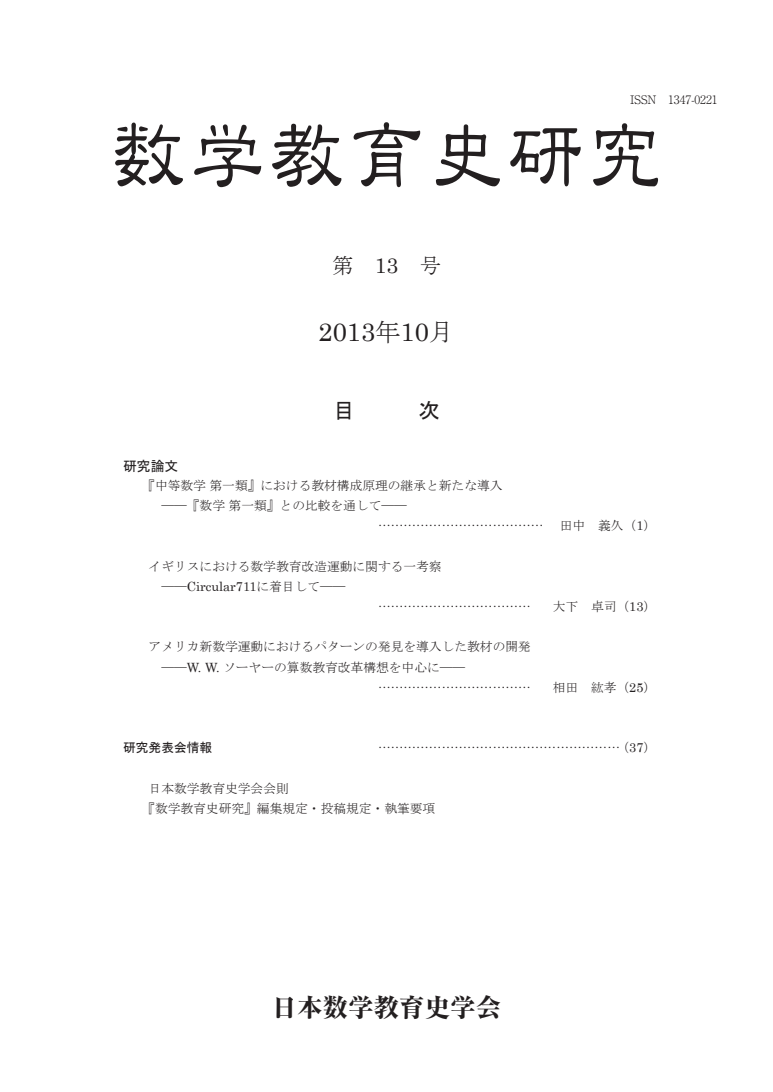13 巻
選択された号の論文の9件中1~9を表示しています
- |<
- <
- 1
- >
- >|
-
2013 年 13 巻 p. 0
発行日: 2013年
公開日: 2023/11/13
PDF形式でダウンロード (99K)
研究論文
-
2013 年 13 巻 p. 1-12
発行日: 2013年
公開日: 2022/03/10
PDF形式でダウンロード (607K) -
2013 年 13 巻 p. 13-24
発行日: 2013年
公開日: 2022/03/10
PDF形式でダウンロード (566K) -
2013 年 13 巻 p. 25-36
発行日: 2013年
公開日: 2022/03/10
PDF形式でダウンロード (845K)
-
2013 年 13 巻 p. 37
発行日: 2013年
公開日: 2023/11/13
PDF形式でダウンロード (326K) -
2013 年 13 巻 p. 38
発行日: 2013年
公開日: 2023/11/13
PDF形式でダウンロード (328K) -
2013 年 13 巻 p. 39-40
発行日: 2013年
公開日: 2023/11/13
PDF形式でダウンロード (436K) -
2013 年 13 巻 p. 41
発行日: 2013年
公開日: 2023/11/13
PDF形式でダウンロード (364K) -
2013 年 13 巻 p. 42
発行日: 2013年
公開日: 2023/11/13
PDF形式でダウンロード (43K)
- |<
- <
- 1
- >
- >|
